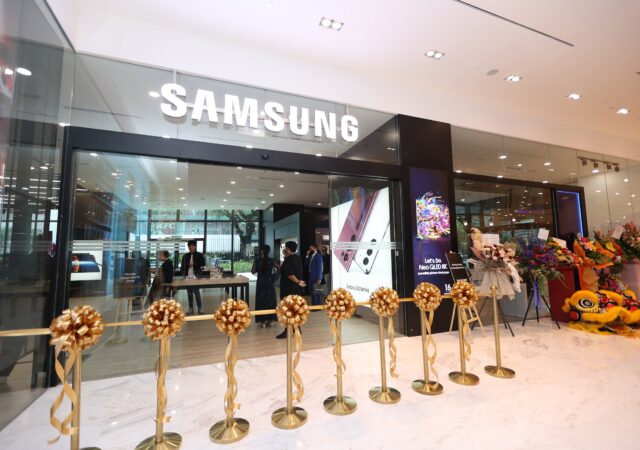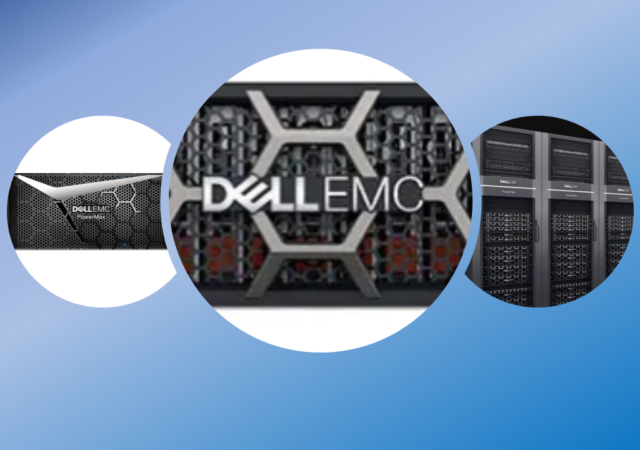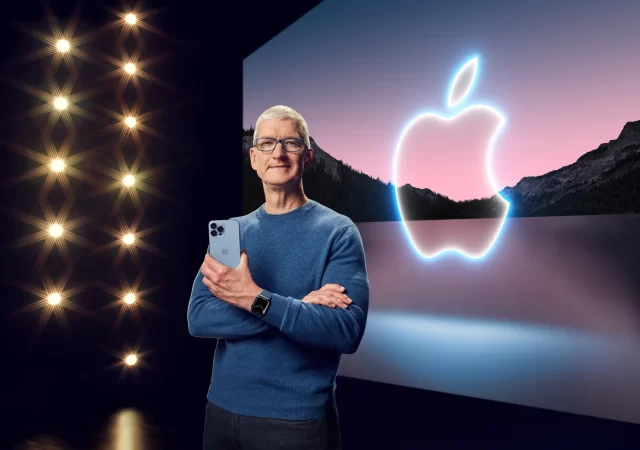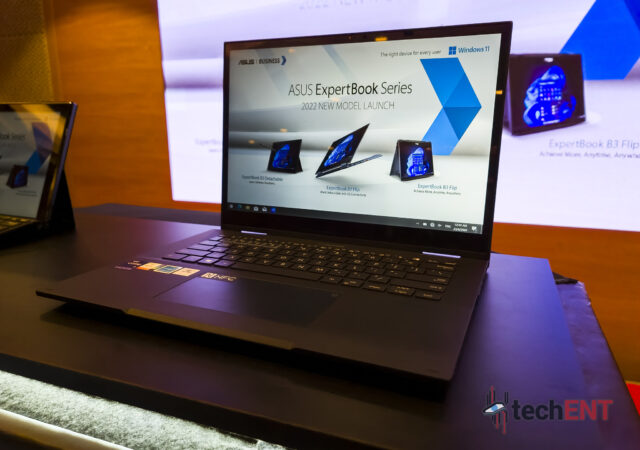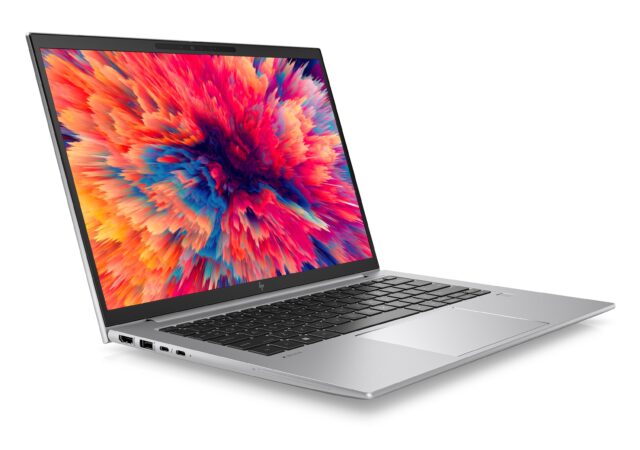With an increasing number of business going to the cloud, what can they do to be better prepared to help mitigate the risks from cyberattackers?
Samsung Launches First Premium Experience Store in Malaysia
Samsung opens its first Premium Experience Store in Malaysia in the heart of the nation’s capital, Kuala Lumpur.
ViewSonic Launches New Projectors and Smart Interactive Display for the Boardroom and the Classroom
ViewSonic launches two new projectors and an interactive smart display solution for the classrooms and boardrooms.
Dell Technologies Updated Storage Software Solutions Enable Better Data Resilience
Dell Technologies unveils updates and upgrades to their portfolio of services and technologies to enable data resiliency and security for businesses.
[Editorial] Daily Driving the Chromebook Part 4 – It Can Be Done, at a Cost
We tried living with the Chromebook for about two months. After two months we came to a conclusion to what we think about daily driving one.
More Apple Than Ever: Apple is Preparing to Launch More Products Beyond WWDC 2022!
Apple’s WWDC 2022 saw the Cupertino giant unpack a lot of things. It could be a pre-cursor to even more things from Apple Campus for 2022.
ASUS Launches New ExpertBooks for 2022 Powered by Intel’s 12th Generation CPUs
ASUS has launched the new ExpertBook B7 Flip, ExpertBook B3 Flip , and ExpertBook B3 Detachable with the latest generation CPUs for 2022.
Enabling Global Expansion Through An Agile & Adaptable Payment System
Expanding businesses overseas and into new markets can be a challenge for any business. However, Nuvei looks to change that with a unique payment system.
Automation in an App-centric, Hybrid Cloud World
Red Hat talks about automating solutions in an app centric environment while leveraging open source innovations and technologies.
The HP ZBook Firefly G9 is Here – Creativity at its Best, On-The-Go That Is
HP releases the ZBook Firefly G9, a 1.47kg powerhouse with Intel’s 12th generation Core CPUs and NVIDIA’s RTX GPUs.




